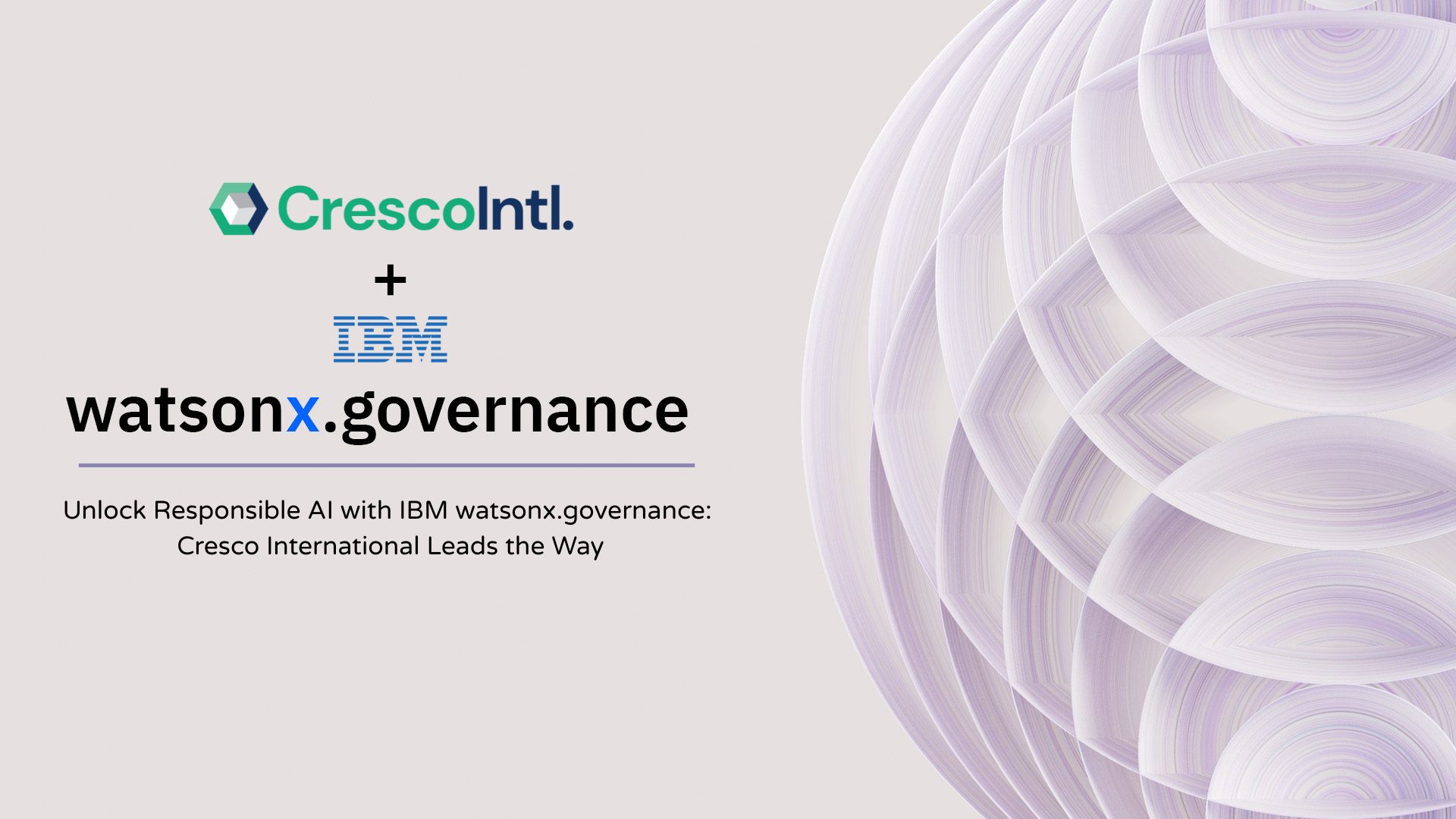The urban population has been growing and continues to grow, according to statistics from World Bank. The urban population in U.S. increased from 250 million in 2010 to 260 million in 2014 with a growth rate of 4% within 4 years (Urban population). Communities and businesses rely on healthy transportation – the demand for effective inner-city transportation systems becomes increasingly urgent.
However, with limited budget, public transportation companies have to support more riders while managing the thousands of public-transit assets, including city buses, light rail, rapid transit. Operation efficiency now becomes more challenging.
How do you run inner-city transportation? When is the right time to schedule work? When should we maintain vehicles to extend their service cycle? These are all questions need to be answered instantly. Public transportation companies are seeking ways to overcome poor visibility of distinct transportation assets to allow them understand and improve end-to-end traveler experience. Increased reliability is also a critical task.
There should be a better way for transportation companies to manage all transit and supporting infrastructure. While separate views and functionality can be accessed by individual departments to manage unique assets, executives can also take a comprehensive approach to how assets are purchased, maintained and optimized.
As you evaluate asset management solutions for inner-city transportation, you will find that IBM Maximo has all the functionalities you are looking for.
It gives transportation managers and maintenance officers complete asset management capabilities, including data analysis to manage all kinds of transportation assets (fleets of trucks, aircraft, and rail locomotives and cars), monitor equipment status, like meter change out and history, and serial number changes and warranty recovery. Life cycle costing and driver logs could also be managed in this solution.
Built-in best practices support the full asset lifecycle, so you can optimize processes, lower costs and deploy new initiatives to meet changing demands.
As organizations try to do more with fewer resources, optimizing the performance of every asset is critical to successful operations. Through this asset management solution, we can help managers monitor key performance targets, such as service regularity, passenger density, service availability, service punctuality and service reliability.
The ability to gather and analyze asset operations data allows transit organizations to move from reactive – repairs made after a problem occur, to preventive – dictated by a schedule based on past experience.
For more information on how your organization can use IBM Maximo, connect with us at crescointl.com today.











